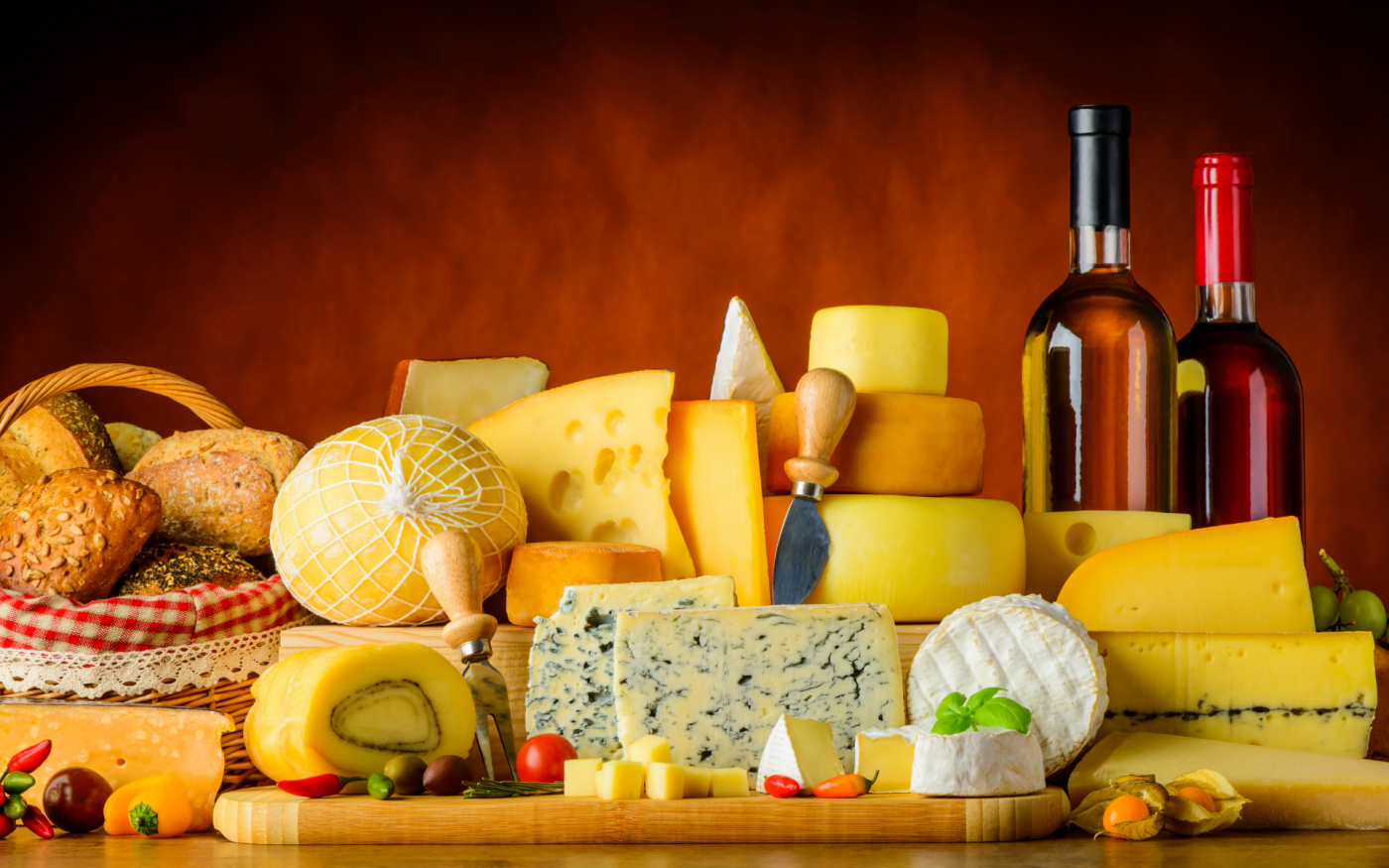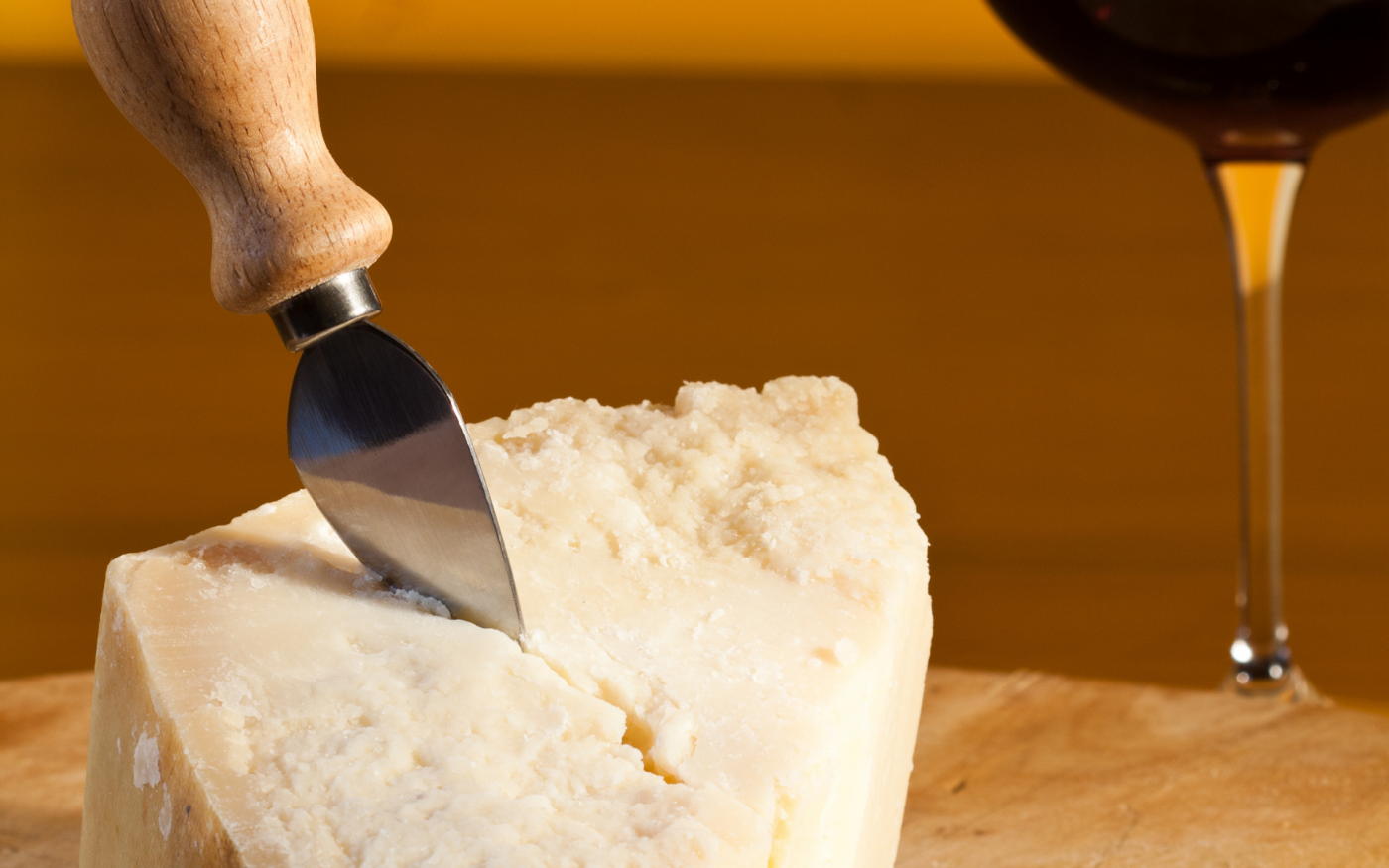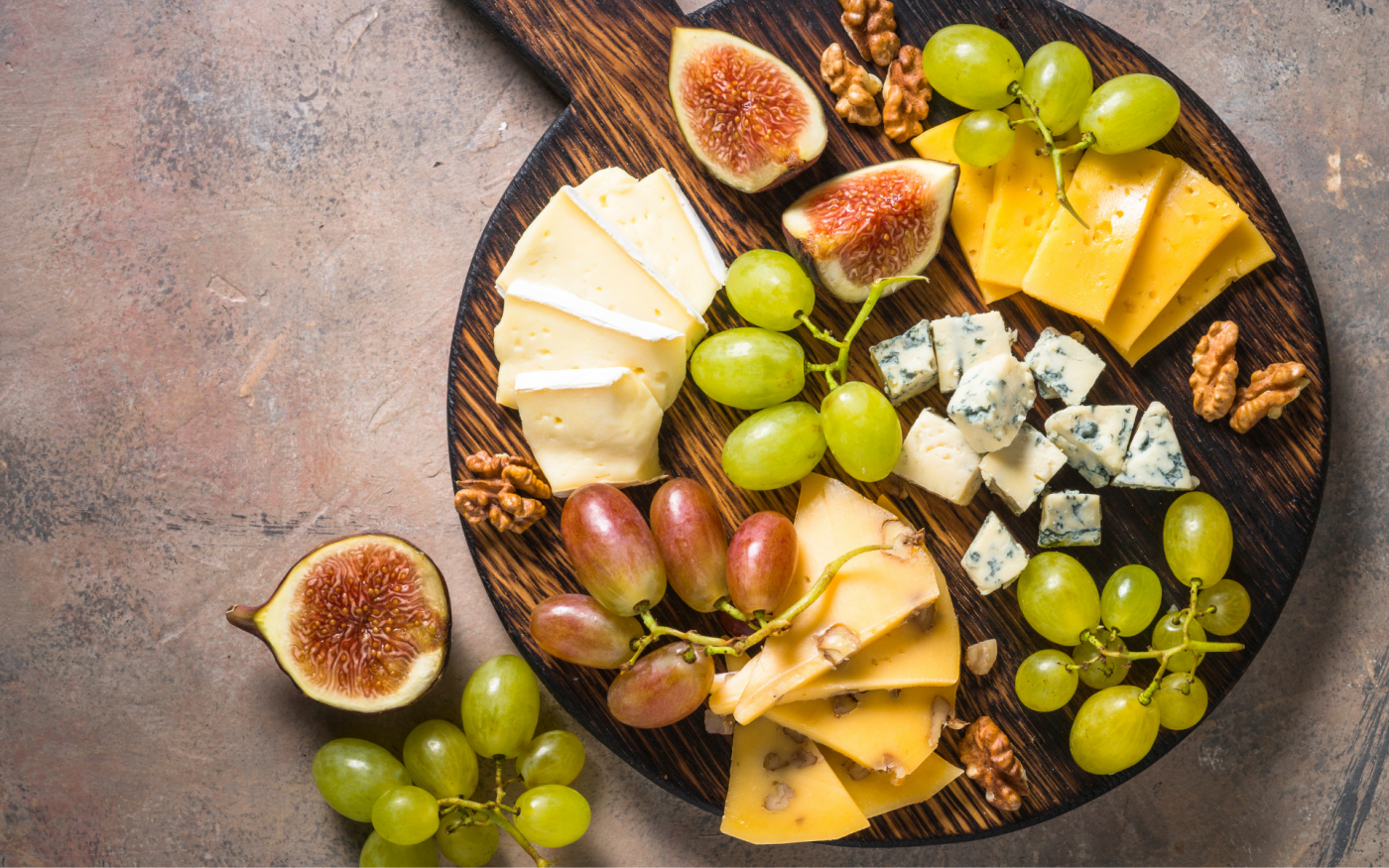Tasty reads
How to pair wine and cheese

The pairing sector is quite difficult to harness, because personal tastes play an important role.
If you’re interested however in learning some simple tricks to avoid being caught unprepared, then this suggested reading is for you!
Ready for the lesson?
The wine must come from the same area, or from the same region of production as that of the cheese (for example: the Robiola d’Alba cheese with a wine from the Langhe).
This rule also applies to food. It means respect for the territory and traditions: in fact, food is not created by chance in a particular land.
Culture, customs and special technologies work in unison to create a particular product; as a result of modern trade exchange, which allows us to taste new products from around the world, this criterion becomes increasingly difficult to meet.

There are many factors to be taken into consideration when choosing the best label to be served with cheese. First of all we need to establish what the cheese’s role is: aperitif, single dish or end of meal dish?
During an aperitif the cheeses are divided into individual portions, ideal for nibbling along with with bread and breadsticks. To delight your guests it’s preferable to start with fresh cheeses that have delicate aromas accompanied by dry white wines such as Langhe Chardonnay or Favorita, and medium seasoning semi-soft cheeses are ideal with fruity red, light and soft wines such as the Langhe Freisa.
It’s easier to play around with a single dish, because you’re not conditioned by the tastes of the other dishes. In this case the “rule” to follow is: high-fat and semi-fat cheeses with a round and lean wine perhaps using light glasses; fresh cheeses with fragrant and full-bodied wines and well structured wines.
Speaking of our, high-fat and semi-fat cheese, we can pair the Raschera with an excellent bottle of Barbera d’Alba or Dogliani and the Toma piemontese with an excellent Dolcetto or Nebbiolo d’Alba; the Piedmont Ricotta, fresh, sweet and delicate with a white, Roero Arneis, Langhe Favorita or Chardonnay; while the classic Grana Padano with a Barolo or a Barbaresco.

Instead, if the cheese is served at the end of the meal, we can try sending our taste buds into raptures! With blue cheeses, where mold naturally occurs such as Gorgonzola, we can serve sweet and fortified wines, a nice Passito di Moscato for example.
Now that we know the theory, we can put it to practice by pairing the local and traditional cheeses and wines.

Let’s start with the Bra: a high-fat or semi-fat cheese made with cow’s milk with an intense taste, which gets its name from the eponymous town; the Tenero (soft) version is paired with a Dolcetto di Diano d’Alba or a light Langhe Freisa, while the Bra Duro hard version, more seasoned, stands out served with a Barolo, Barbaresco and Roero, structured and full-bodied wines.
And then there’s the Nostrale, our typical cheese from the province of Cuneo which comes from mountain pastures and was often mistaken for the Bra cheese. This young and fresh cheese wheel is served with white wines, Favorita Langhe and Roero Arneis, while the seasoned version prefers Dolcetto grapes, a Dogliani or Alba.
The Paglierina cheese, which takes its name from the tradition of maturing cheese wheels on straw mats that gave the cheese its characteristic grid-shape, goes well with a glass of Arneis Roero and Langhe Favorita. These wines are also ideal for accompanying local tomini cheeses and the Toumin dal Mel cheese, excellent too with a Langhe Chardonnay or a lively Freisa.
Other cheeses that go well with whites, but which can also be paired with young red wines are: the seasoned Murazzano accompanied by the (next-door-neighbor) Dogliani; the Robiola and the Robiola di Roccaverano, respectively paired with a Verduno Pelaverga or a Dogliani the first of the two and a Dolcetto d’Alba the latter.
There’s also the Testun cheese, slightly spicy when seasoned, which goes extremely well with a Nebbiolo d’Alba or a young Roero; the Sora cheese with its fragrant herbal and mountain floral scent should be paired with a Dogliani; and the Bross cheese, once considered the poor people’s cheese, with its intense and pungent taste, can only be paired with what for years was considered the wine of the people: a Barbera, better if from Alba and not aged.
And finally, the seasoned Castelmagno, a cheese with an intense and persistent flavor, excellent to be eaten on its own, but also perfect as condiment for potato dumplings. This cheese needs a structured and well-bodied wine just like the cheese itself: Barolo or Barberesco.

The Cheese event begins on the 17th of September: take advantage of this opportunity to discover new flavors and test your pairing skills. And if you want to buy a few bottles of wine, take a look at our selection dedicated to this theme!
You can follow our suggestions without being afraid of trying new combinations. And don’t forget that cheese, like wine, is a live product, which changes over time. Each cheese wheel is different from the next: the only way to know how to serve it is by tasting it!
